#tasmanian wolf
Photo



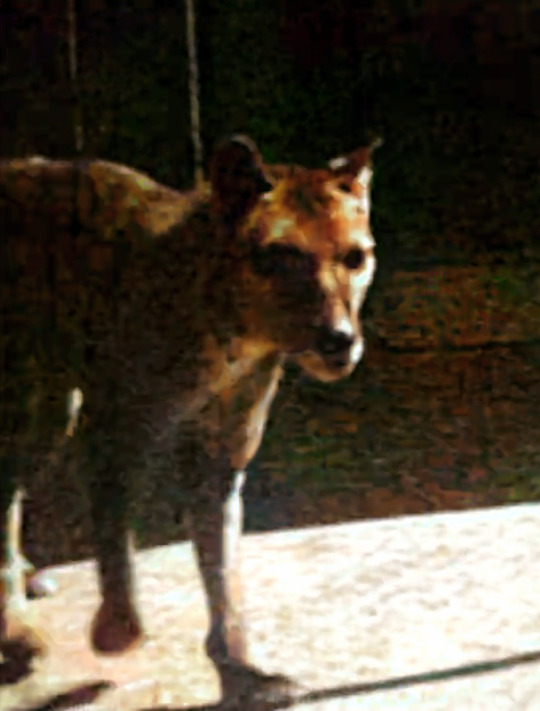
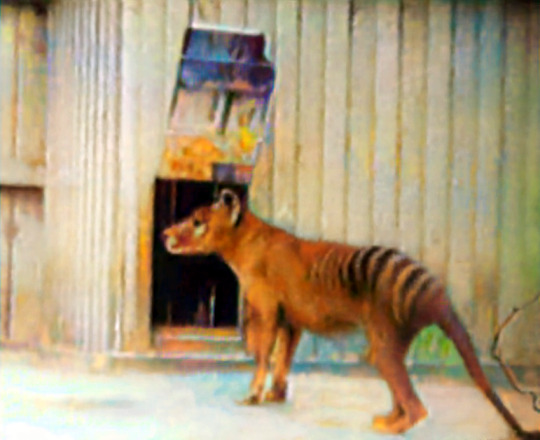
Colorized Thylacines pt. 3
#its like i ring a dinner bell each time i upload these#yall never disapoint#thanks for loving t. cynocephalus as much as i do#Thylacinus Cynocephalus#thylacine#thylacinus#Tasmanian tiger#tasmanian wolf#extinct#extinct species#historic photo
3K notes
·
View notes
Text
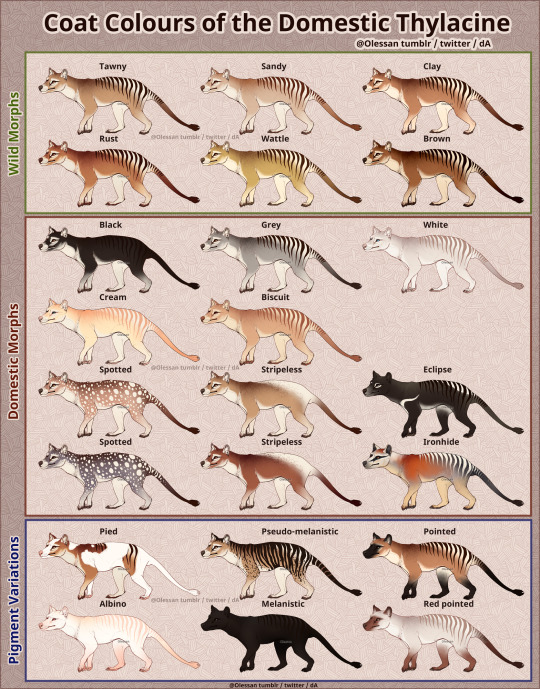
The central continent of my worldbuilding world is dominated by marsupials and monotremes, and birds. There are several species of thylacine, and one — which is essentially our Thylacinus cynocephalus — is domesticated.
They are a recent domestication, with about 250 generations having passed. Compared to the wild ancestors, they have similar builds, but with more colours, variation in size, and longer lifespans (12-20 years). They have lost their natural reclusive nature and though shy, are friendly and inquisitive and trainable to a point. Most prefer to be solitary or tolerate the presence of 1-2 others, though get along well with other calm-tempered species. Their prey drive is greatly reduced but many suffer anxiety in loud or busy environments.
Lil update: If you would like fancy thylacines to put places, I turned this into a poster/prints, and there's also a sticker <3
#artists on tumblr#Thylacinus cynocephalus#thylacine#Tasmanian tiger#thylacine art#art#Tasmanian wolf#(I really dislike the 'tasmanian wolf' name but w/e)#animals#Australian megafauna#olessan art#olessan's headworld#creature design#I feel that this one (the base/tawny) is MUCH closer to accurate to the animal and technically sound than my previous attempt in Sept 2020#however this is for a fantasy world which is why there are quoll and numbat and etc markings
3K notes
·
View notes
Text
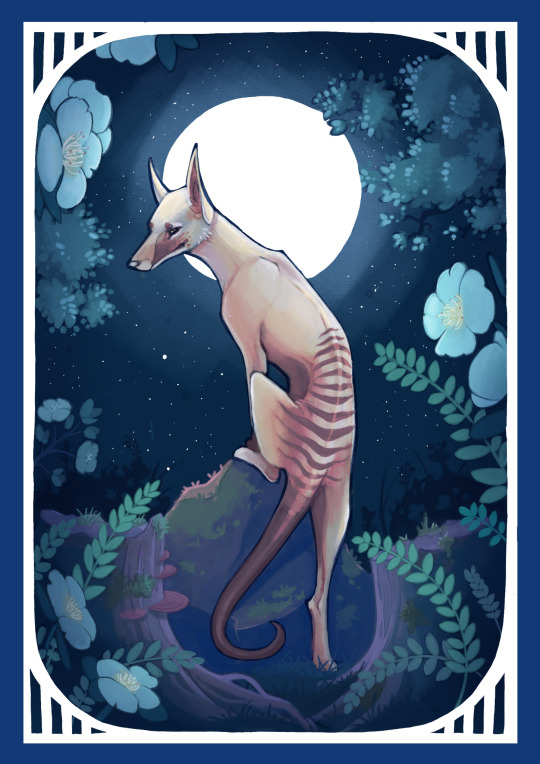
Extinction series number 3! The Thylacine!
More commonly known by the misleading names Tasmanian wolf or Tasmanian tiger, this stripey guy was actually a marsupial. Y'know, like a kangaroo.
Unlike the two previous animals, the thylacine's story doesn't have a happy ending. They went extinct in the 1930s thanks to excessive hunting in the name of pest control, habitat destruction, and the introduction of new diseases carried by imported domesticated animals.
Some people hold out hope that there might be a small, undiscovered population still out there somewhere, but at this point that isn't looking super likely 😔
#my art#digital art#art#artists on tumblr#digital painting#conservation#thylacine#tasmanian tiger#tasmanian wolf#animal art#animal#nature#nature art#moon#full moon
2K notes
·
View notes
Text

The sun will set one day, but let's bask in it while it's still up
Saw this tweet with the two tasmanian tigers asleep and decided to draw them
ID: a digital drawing of two tasmanian tigers laying down in the grass. One of them is yellow and the other is brown. The latter is laying its head above the first one's front leg. Thery're both asleep and smiling. The ground below them is brown and turns green where their tails are.
#irbis draws#thylacine#extinct animals#animal art#animal artist#i cried drawing this#art#digital art#tasmanian tiger#tasmanian wolf#it was apparently their day on 7 this month !!! i didnt know
467 notes
·
View notes
Text
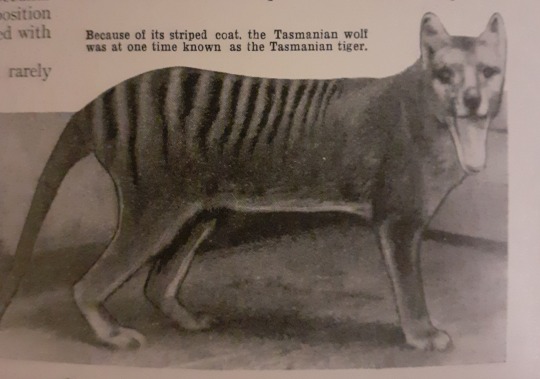
Thylacine doing the gape from the 1933 Zoo Annual
300 notes
·
View notes
Text

163 notes
·
View notes
Photo
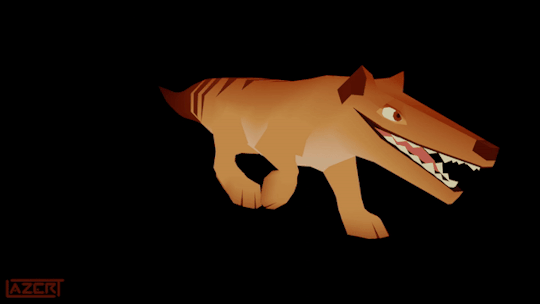
Thylacine walkcycle
#art#my art#digital#digital art#3d#3d model#3d modeling#blender#blender 3d#blender3d#animation#3d animation#animated#gif#animated gif#tasmanian wolf#tasmanian tiger#thylacine#low poly#lowpoly#lazert#lazer-t
2K notes
·
View notes
Text


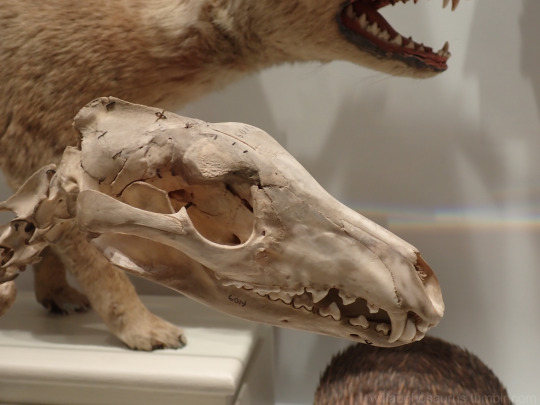

Thylacine and skeleton at The Harvard Museum of Natural History
#thylacine#tasmanian tiger#tasmanian wolf#museum#taxidermy#skeleton#bones#extinct#science#harvard#vulture culture#2023#olympus tough tg6#vacation2023
166 notes
·
View notes
Text

Don't You Forget About Me
Prints and shirts available here
514 notes
·
View notes
Text

New Fursona! He’s a Sparkle Thylacine :3 His name is Gummy (he is me, my nick name is Chiclé, Chiclé is used in some gums especially from Mexíco,)
Artwork and Character By Me
(Ps yes those are Jonathan and Speedwagon plushies on his bag, I have them irl and love them so much I will be putting them on my new bag along with some other stuff(will post finish bag))
#decora#decora kei#j fashion#harajuku#harajuku fashion#sparklefur#sparkleanimal#furry#fursona#thylacine#Tasmanian tiger#tasmanian wolf#mobility aid art#wheelchair art#disabilties#disabled furry#rainbow#rainbowcore
298 notes
·
View notes
Text
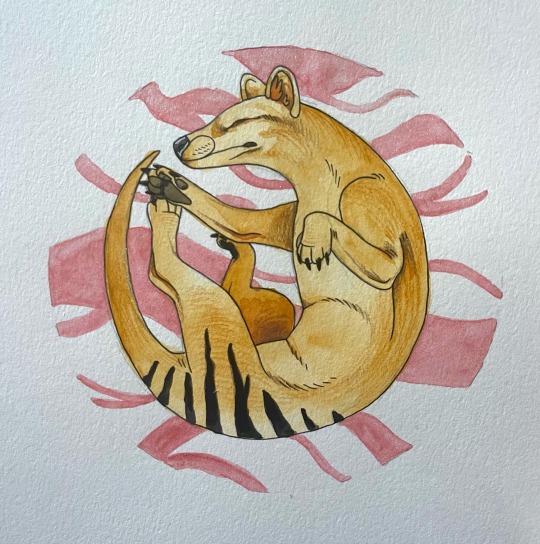
thylacine’s slumber
88 notes
·
View notes
Text
Thylacine portrait on black paper
I love how they are marsupial alternative to a dog, they look familiar yet alien/different to what we're used to see.
Prints available on my Redbubble
(or DM me if you want the original)
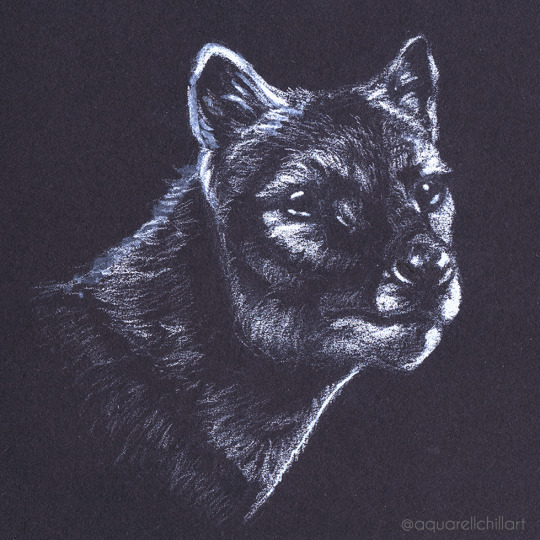
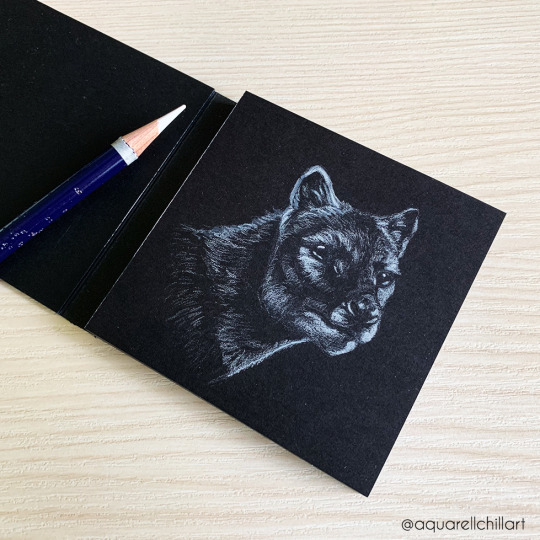
#thylacine#extinct animals#tasmanian tiger#tasmanian wolf#extinct species#thylacines#thylacinus cynocephalus#marsupial#mammal#art print#traditional drawing#black paper#my art
131 notes
·
View notes
Text

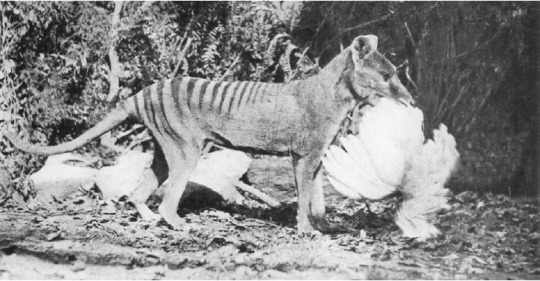
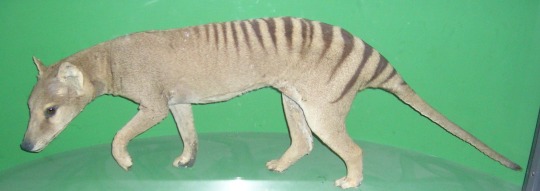
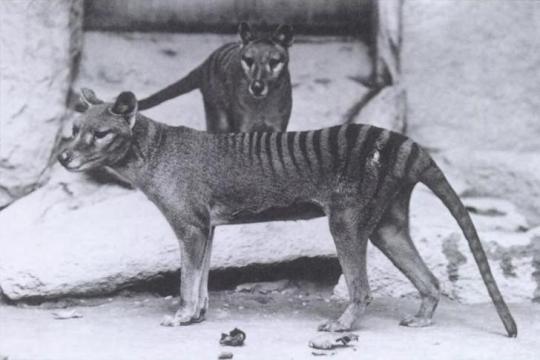

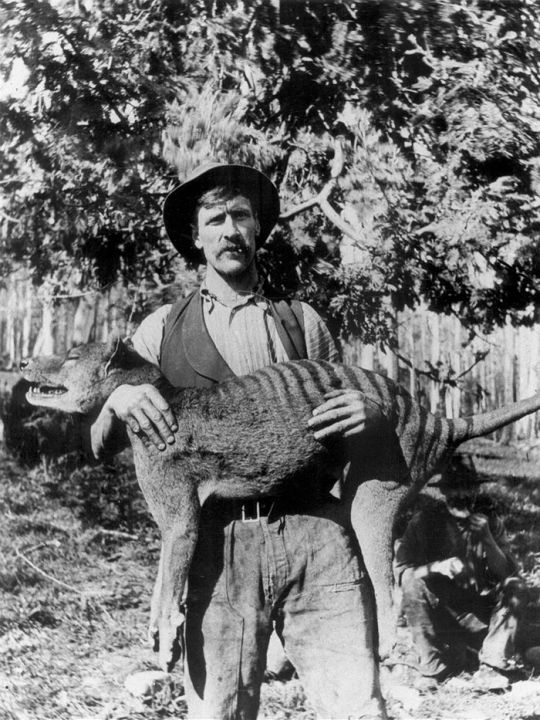


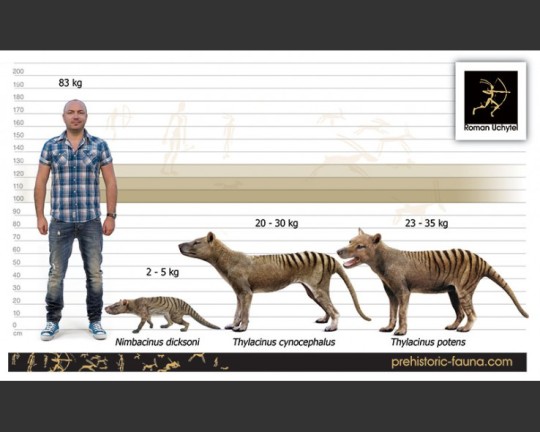
Thylacine
(temporal range: 2 mio. years ago until 7. September 1936)
[text from the Wikipedia article, see also link above]
The thylacine (/ˈθaɪləsiːn/; binomial name Thylacinus cynocephalus), also commonly known as the Tasmanian tiger or Tasmanian wolf, is an extinct carnivorous marsupial that was native to the Australian mainland and the islands of Tasmania and New Guinea. The thylacine neared extinction throughout most of its range in mainland Australia by about 2,000 years ago, most likely because of the introduction of dingoes or due to climate change. Prior to European settlement around 5,000 remained in the wild on Tasmania. Beginning in the nineteenth century they were perceived as a threat to the livestock of farmers and bounty hunting was introduced. The last known of its species died in 1936 at Hobart Zoo in Tasmania. The thylacine is widespread in popular culture and is a cultural icon in Australia.
The thylacine was known as the Tasmanian tiger because it displayed dark transverse stripes that radiated from the top of its back, and it was known as the Tasmanian wolf because it had the general appearance of a medium-to-large-size canid. The name thylacine is derived from thýlakos meaning "pouch" and ine meaning "pertaining to", and refers to the marsupial pouch. Both sexes had a pouch. The females used theirs for rearing young and the males used theirs as a protective sheath, covering the external reproductive organs. It also had a stiff tail and could open its jaws to an unusual extent. The thylacine was an apex predator, though exactly how large its prey had been is disputed. Its closest living relatives are the other members of Dasyuromorphia including the Tasmanian devil.
The thylacine had died out on New Guinea and very few were left on the Australian mainland before European settlement of the continent. Intensive hunting on Tasmania is generally blamed for its extinction, but other contributing factors were disease, the introduction of and competition with dingoes, human encroachment into its habitat and climate change. The remains of the last known thylacine were discovered at the Tasmanian Museum and Art Gallery in 2022. Since extinction there have been numerous searches and reported sightings of live animals, none of which have been confirmed.
The thylacine has been used extensively as a symbol of Tasmania. The animal is featured on the official coat of arms of Tasmania. On 7 September, the date in 1936 on which the last known thylacine died, National Threatened Species Day is commemorated in Australia. Universities, museums and other institutions across the world research the animal. Its whole genome sequence has been mapped and there are efforts to clone and bring them back to life.
101 notes
·
View notes
Text
Moonlight wolf
Haha get it?

#tasmanian tiger#thylacine#thylacinus#marsupial#tasmanian wolf#thylacine art#thylacinus Cynocephalus#digital painting#digital art#illustration#sinisters art tag
220 notes
·
View notes
Text

Book plate. The Thylacine's famous gape.
358 notes
·
View notes
Text

New fursona just dropped, Cola! He’s named after my B-A-B thylacine,
I think I’m going to make at least a head tail and hand paws of him cause I have a ton of extra foam lol also considering making feet paws too but I’ve never done that before so it might not come out perfect lol
Artwork and character by me
#art#my art#furry#fursona#sfw furry#thylacine#tasmanian tiger#tasmanian wolf#fursona ref#fursuit ref#fursuit
29 notes
·
View notes